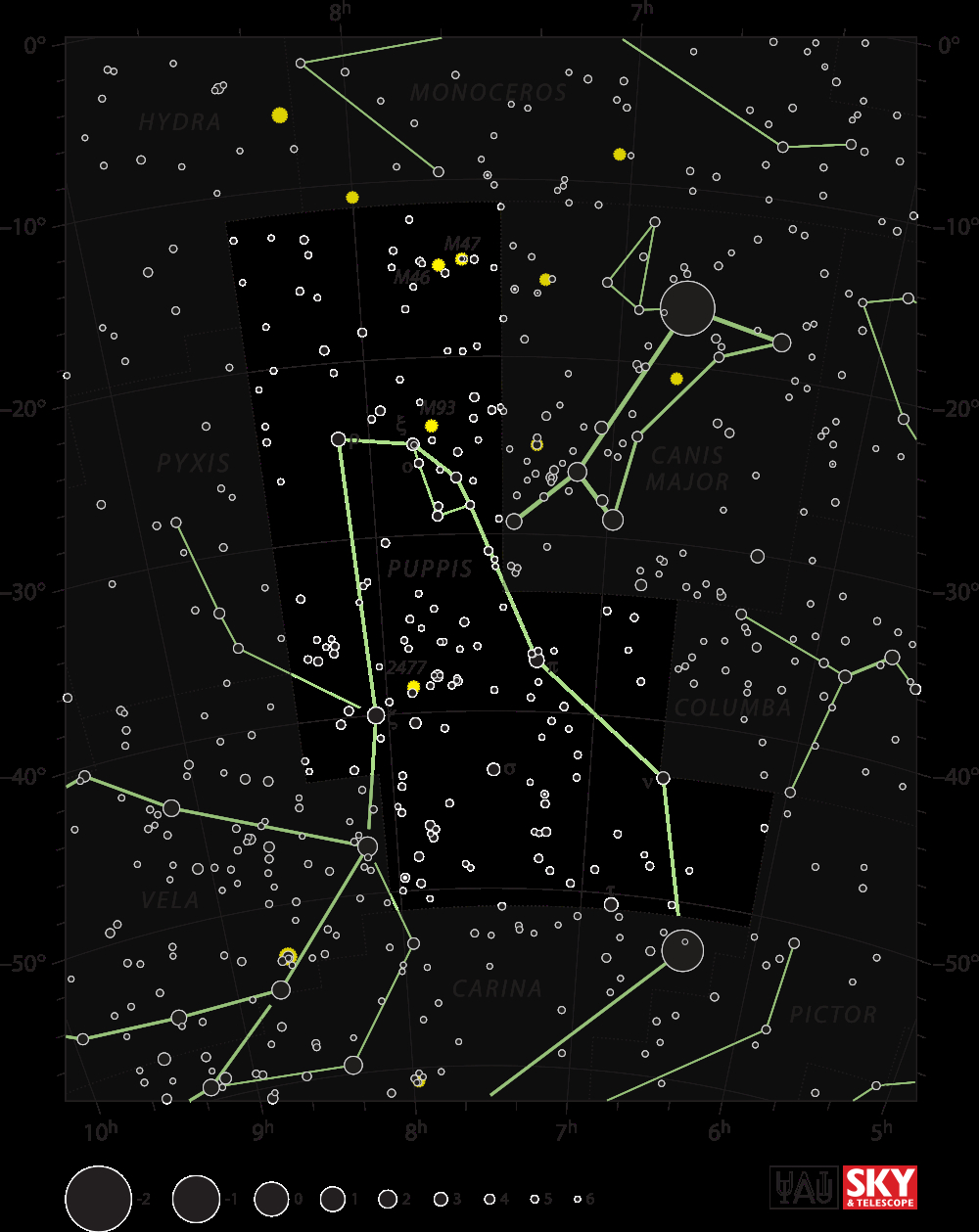
By IAU and Sky & Telescope magazine (Roger Sinnott & Rick Fienberg) [CC-BY-3.0], via Wikimedia Commons
"The Stern"

By IAU and Sky & Telescope magazine (Roger Sinnott & Rick Fienberg) [CC-BY-3.0], via Wikimedia Commons
Abbreviation: Pup
Genitive: Puppis
Constellation family: Heavenly Waters
Nearest constellations: Canis Major, Carina, Columba,
Hydra, Monoceros, Pictor, Pyxis,
and Vela
Right ascension: 7.57h
Declination: -39.39°
Visible between latitudes: +40° and -90°
Square degrees: 673
Luminary: Naos (Zeta Puppis)
Named stars: Naos, Ahadi, Tureis, and Asmidiske
Notable deep sky objects: M46, M47, M93, and NGC 2451
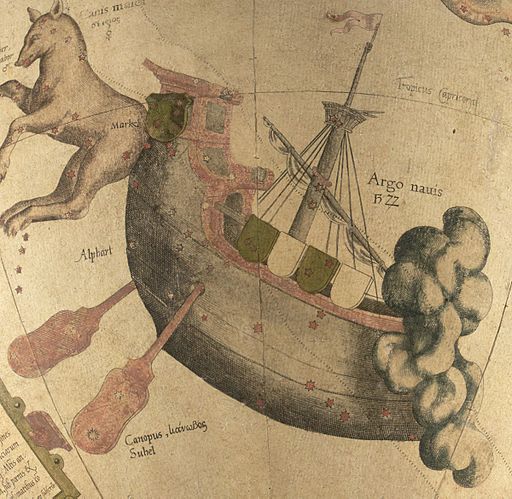
By Gerard Mercator (1512-1594) [Public domain], via Wikimedia Commons
Puppis is one of the largest constellations in the Southern Hemisphere. It is best seen in March.
Puppis used to be part of a much bigger constellation called Argo Navis, which in Greek mythology represented the ship Jason and the Argonauts sailed on during their mission to find the Golden Fleece (often associated with Aries). Argo Navis was split into four separate constellations when the International Astronomical Union (IAU) defined the official 88 constellations.
In the original Argo Navis, Puppis represented the stern, Carina the keel, Pyxis the compass, and Vela the sails.
RS Puppis (Cepheid variable star):
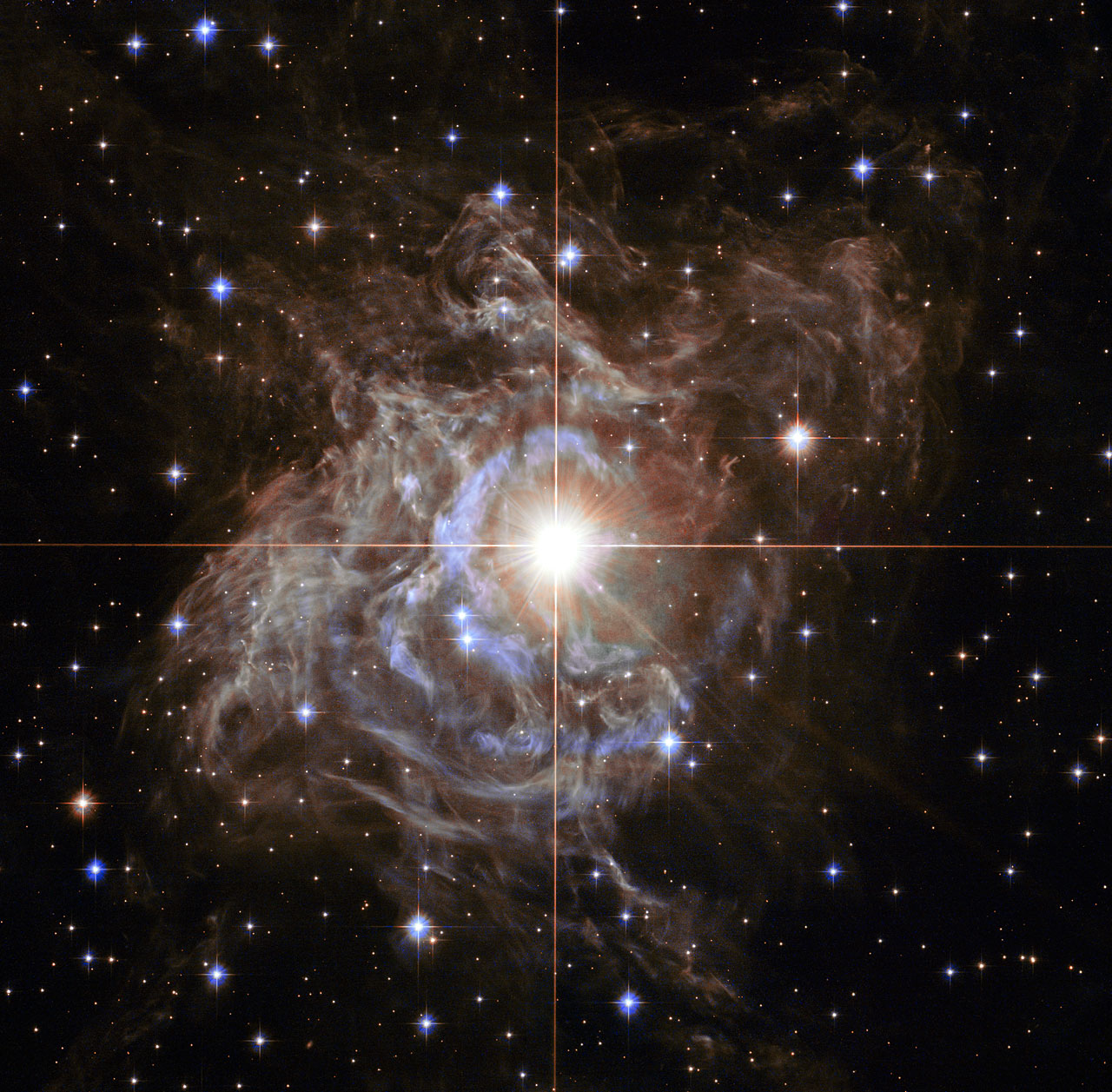
By NASA, ESA, and the Hubble Heritage Team (STScI/AURA)-Hubble/Europe Collaboration, acknowledgement: H. Bond (STScI and Penn State University) [CC-BY-3.0], via ESA/Hubble
NGC 2438 and the Calabash Nebula:
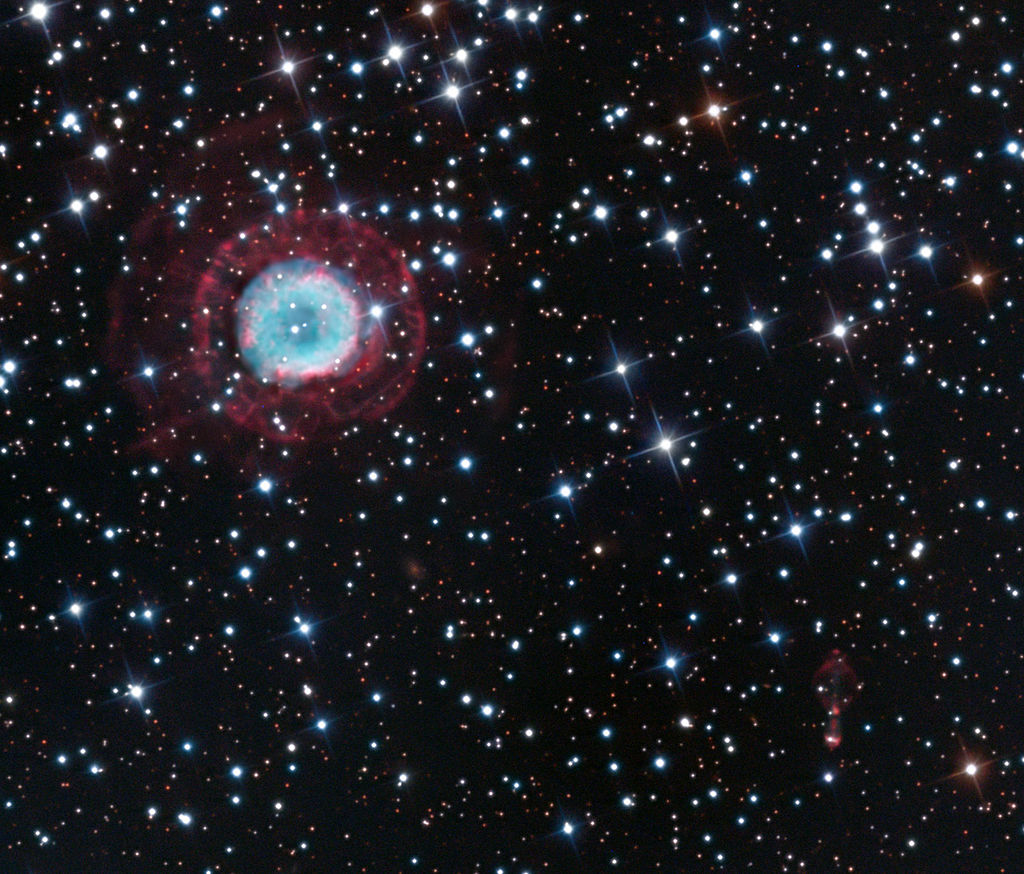
By Adam Block/Mount Lemmon SkyCenter/University of Arizona [CC-BY-SA-3.0-us], via Wikimedia Commons
Calabash Nebula:
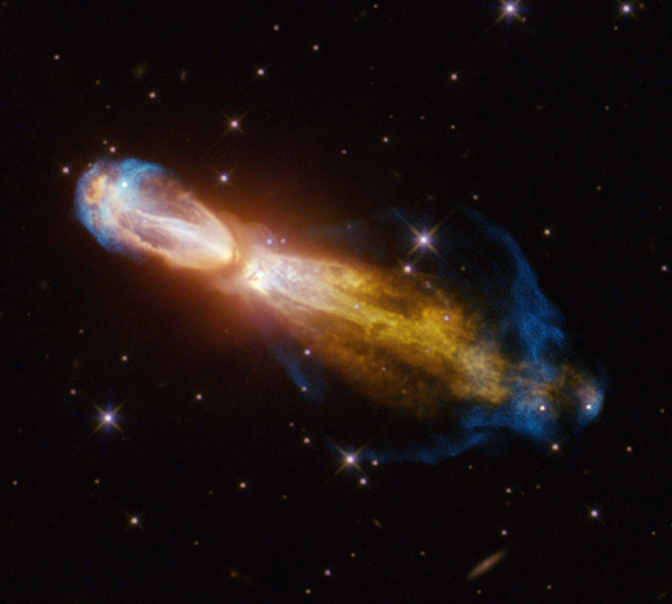
By Judy Schmidt [CC-BY-2.0], via Wikimedia Commons
NGC 2298 (globular cluster):
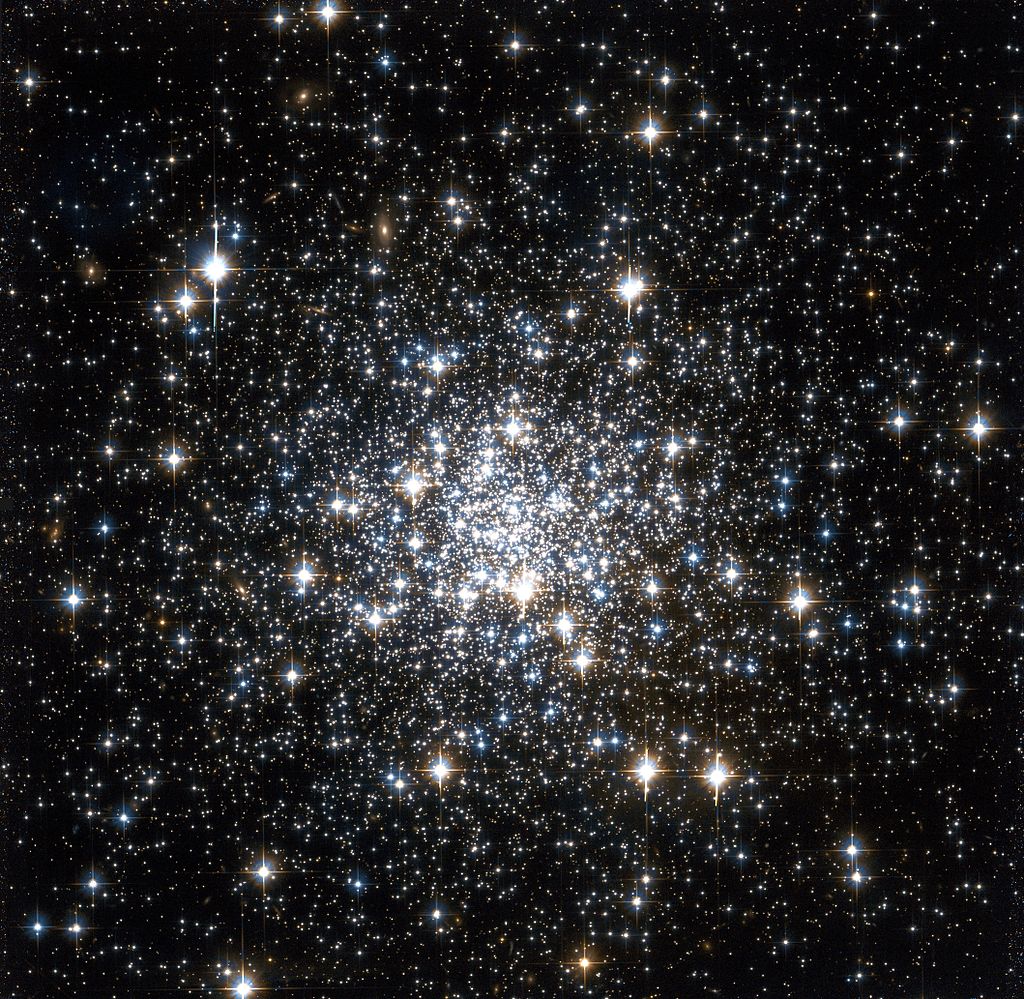
By NASA, STScI, WikiSky [Public domain], via Wikimedia Commons
NGC 2440 (planetary nebula):
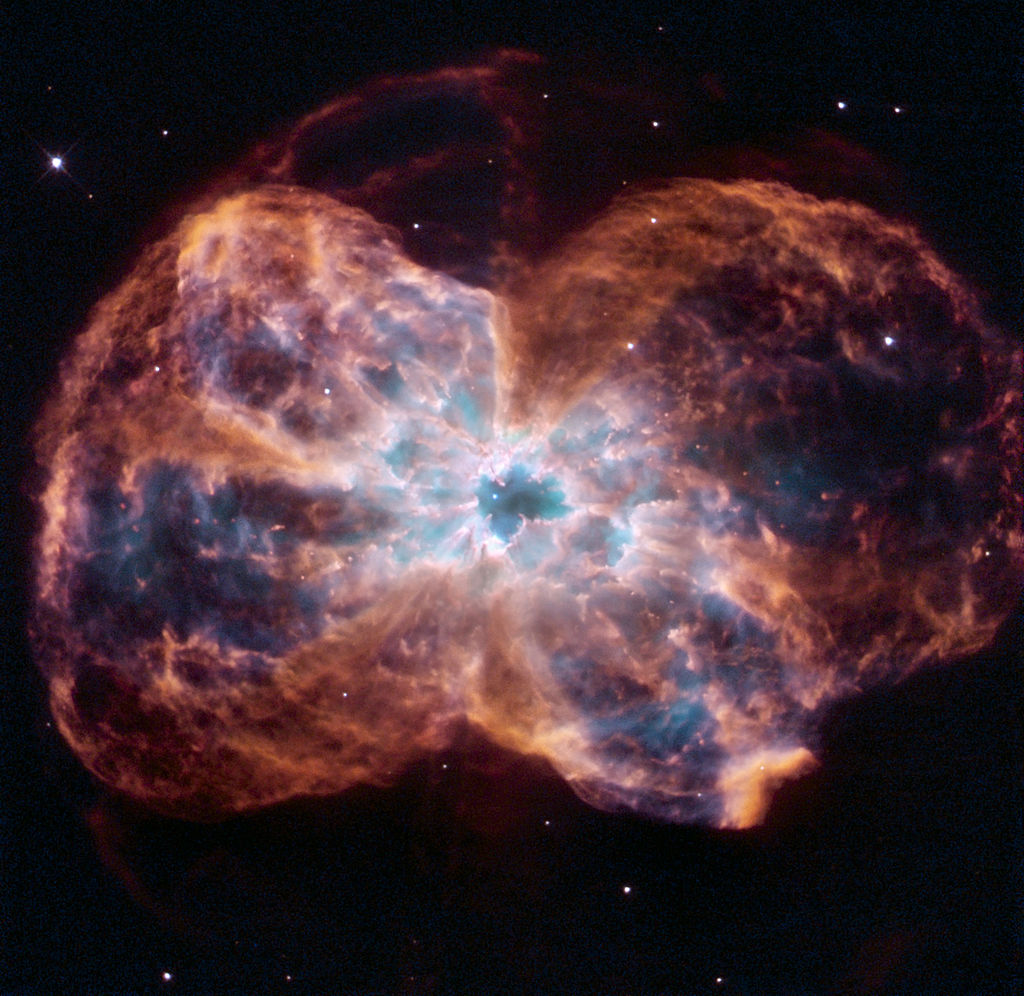
By NASA, ESA, and K. Noll (STScI) [Public domain], via Wikimedia Commons